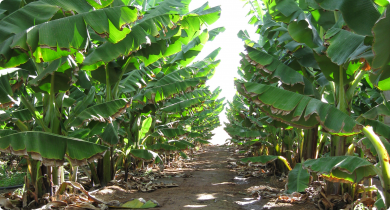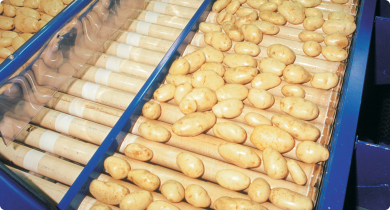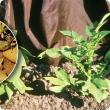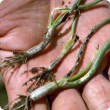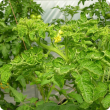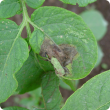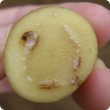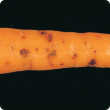Horticulture
The Department of Primary Industries and Regional Development works closely with all sections of the industry supply chain from paddock to plate.
Western Australia grows a diverse range of top-quality horticultural crops from the Ord River Irrigation Area in the north, to the Gascoyne River at Carnarvon, the coastal sands near Perth and throughout the cooler south-west region.
Crops include tropical and temperate fruits, delicious vegetables and outstanding table wines. WA also leads the country in flower exports, mostly from our unique native flora.
Filter by search
Filter by topic
- (-) Remove Diseases filter Diseases
- Pests, weeds & diseases (29) Apply Pests, weeds & diseases filter
- (-) Remove Vegetables filter Vegetables
- Biosecurity & quarantine (15) Apply Biosecurity & quarantine filter
- Biosecurity (15) Apply Biosecurity filter
- Plant biosecurity (14) Apply Plant biosecurity filter
- Potatoes (13) Apply Potatoes filter
- Fungi (10) Apply Fungi filter
- Tomatoes (7) Apply Tomatoes filter
- Viruses & virus-like (7) Apply Viruses & virus-like filter
- Crop diseases (5) Apply Crop diseases filter
- Carrots (5) Apply Carrots filter
- Bacteria (5) Apply Bacteria filter
- Cauliflower (4) Apply Cauliflower filter
- Chinese cabbage (4) Apply Chinese cabbage filter
- Cabbage (4) Apply Cabbage filter
- Brussels sprouts (4) Apply Brussels sprouts filter
- Broccoli (4) Apply Broccoli filter
- Pests (3) Apply Pests filter
- Capsicums and chillies (3) Apply Capsicums and chillies filter
- Onions (3) Apply Onions filter
- Production & postharvest (2) Apply Production & postharvest filter
- Garlic (2) Apply Garlic filter
- Parsnips (1) Apply Parsnips filter
- Postharvest (1) Apply Postharvest filter
- Sowing (1) Apply Sowing filter
- Nursery & cutflowers (1) Apply Nursery & cutflowers filter
- Beans (1) Apply Beans filter
- Canola (1) Apply Canola filter
- Grains (1) Apply Grains filter
- Leeks (1) Apply Leeks filter

